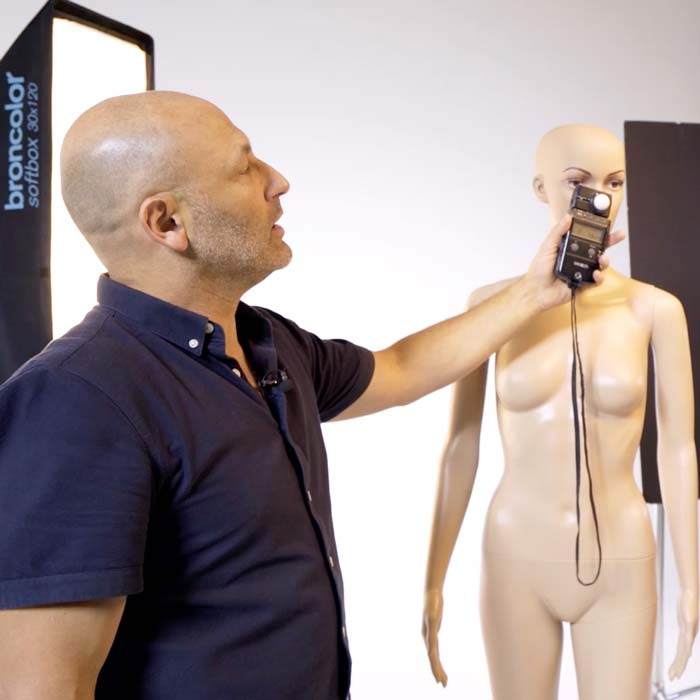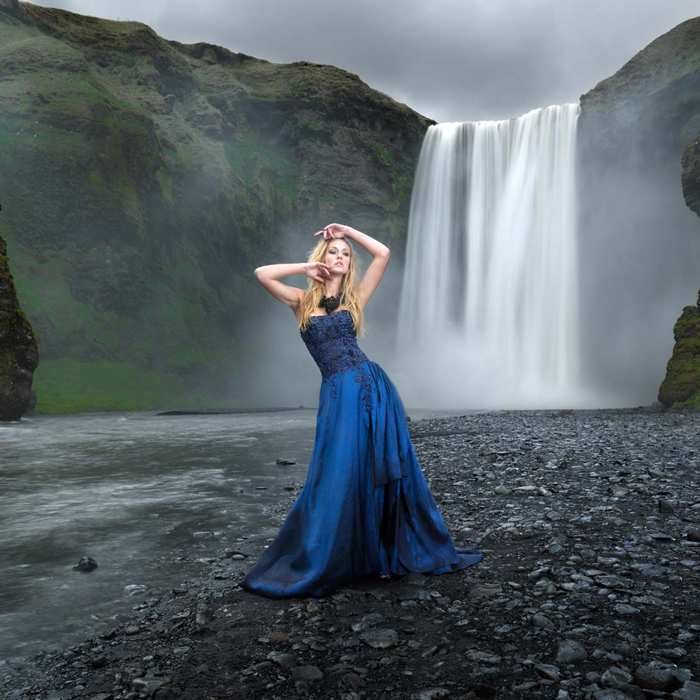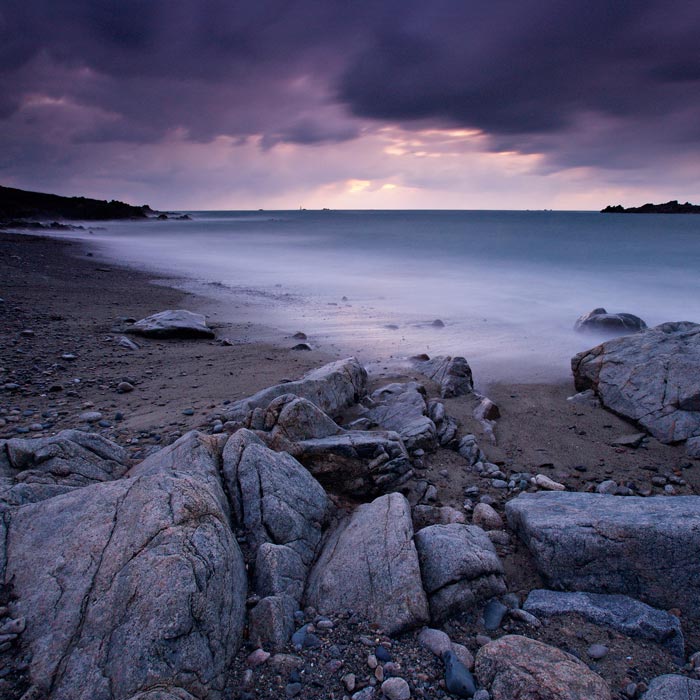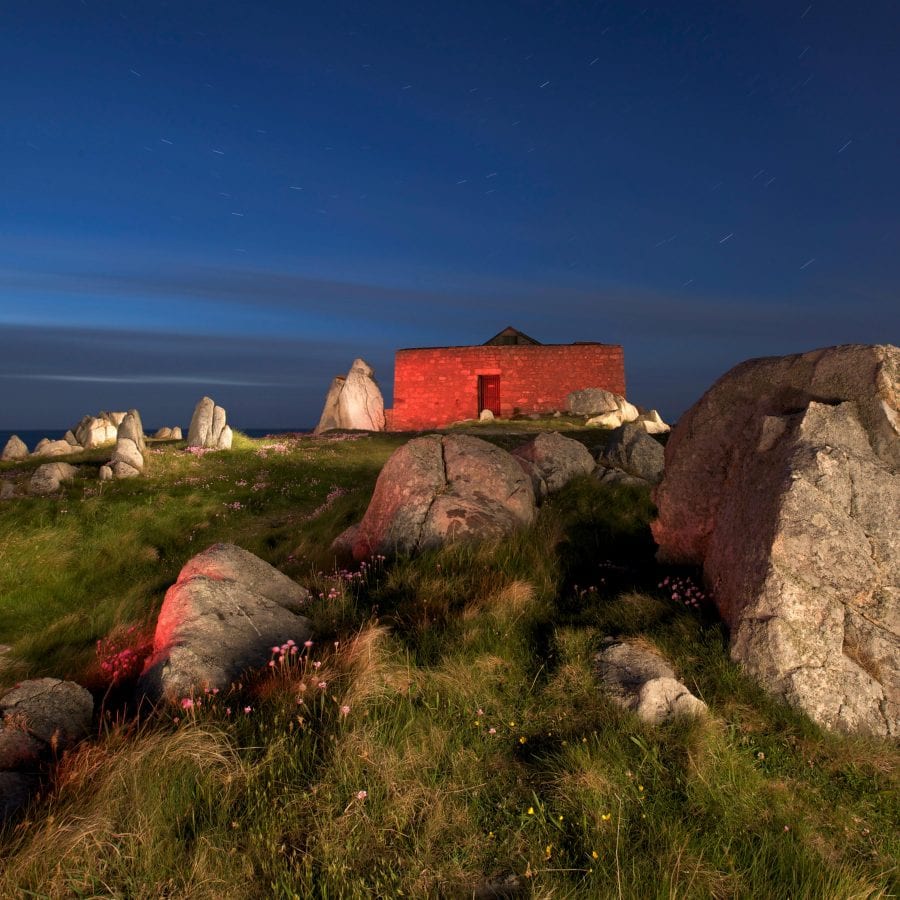Exposure Modes in Photography: A Comprehensive Guide
To get good results out of your DSLR or mirrorless camera, you need to understand exposure modes.
Exposure modes are settings that allow you to control how your camera captures light, helping you to produce properly exposed photographs.
Understanding the different exposure modes and when to use them is crucial for mastering the art of photography. In this comprehensive guide, we delve into the most common exposure modes and their applications.
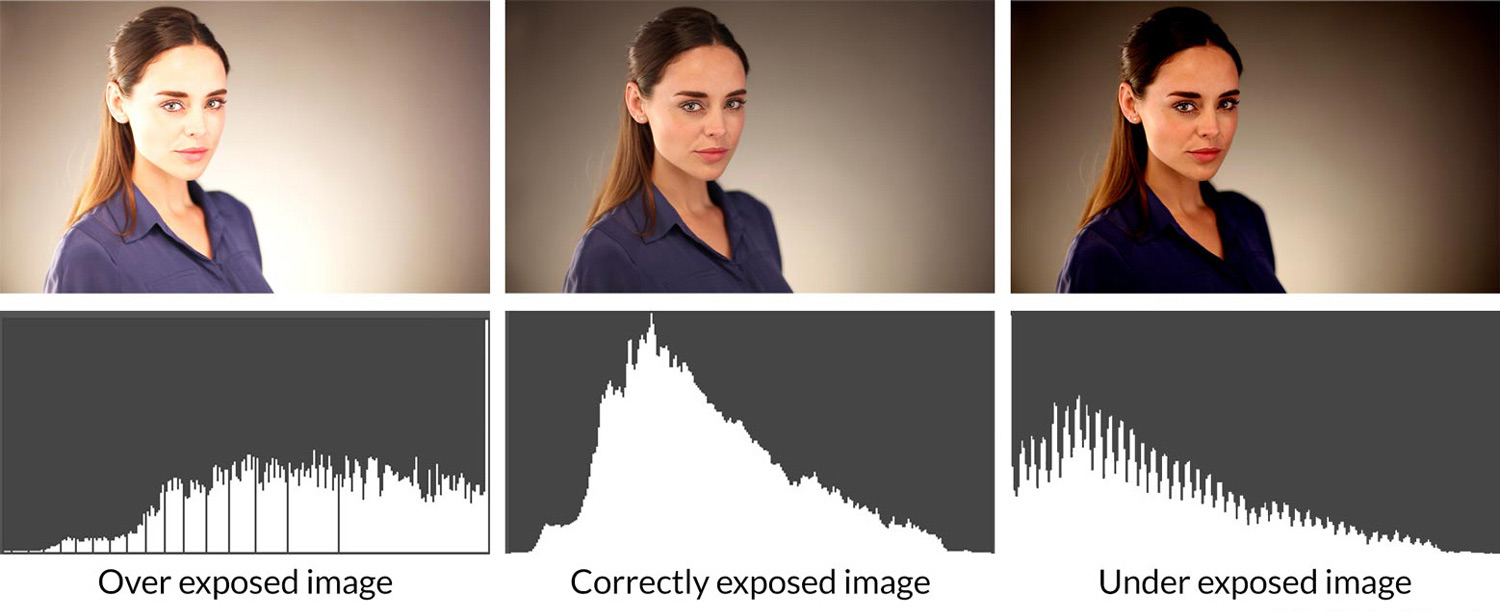
Manual (M) Mode: Total Control
In Manual mode, you have full control over all three components of the exposure triangle: aperture, shutter speed, and ISO. This means you set the values for each of these settings, allowing for complete customization of your photograph's exposure.
Manual is the best way to achieve full creative control, and to learn how each setting affects the final image. It's also useful in situations where the lighting is consistent and you want to maintain the same exposure settings for a series of shots.
Aperture Priority (A or Av) Mode: Controlling Depth of Field
Aperture Priority mode allows you to set the desired aperture value, while the camera automatically adjusts the shutter speed to achieve the proper exposure. This mode is commonly used when you want to control the depth of field (the amount of the image that is in sharp focus).
A larger aperture (smaller f-number) will result in a shallower depth of field, ideal for portraits or when you want to isolate a subject from the background. A smaller aperture (larger f-number) will result in a larger depth of field, ideal for landscape or group shots.
Learn more about aperture.

Shutter Priority (S or Tv) Mode: Capturing Motion
Shutter Priority mode allows you to set the desired shutter speed, while the camera automatically adjusts the aperture to achieve the proper exposure. This mode is useful when you want to capture motion, such as freezing action or creating motion blur.
A faster shutter speed (e.g., 1/1000 sec) will freeze action, ideal for sports or fast-moving subjects. A slower shutter speed (e.g., 1/30 sec) will introduce motion blur, ideal for capturing the sense of movement or creative effects.
Learn more about motion blur.
Program (P) Mode: Automatic with Flexibility
Program mode is a semi-automatic mode where the camera sets both aperture and shutter speed, but you still have the option to adjust them manually. It's similar to Automatic mode, but gives you more control.
This mode is ideal for situations where you want some help from your camera, but still want to maintain the ability to tweak exposure settings to suit your creative vision.
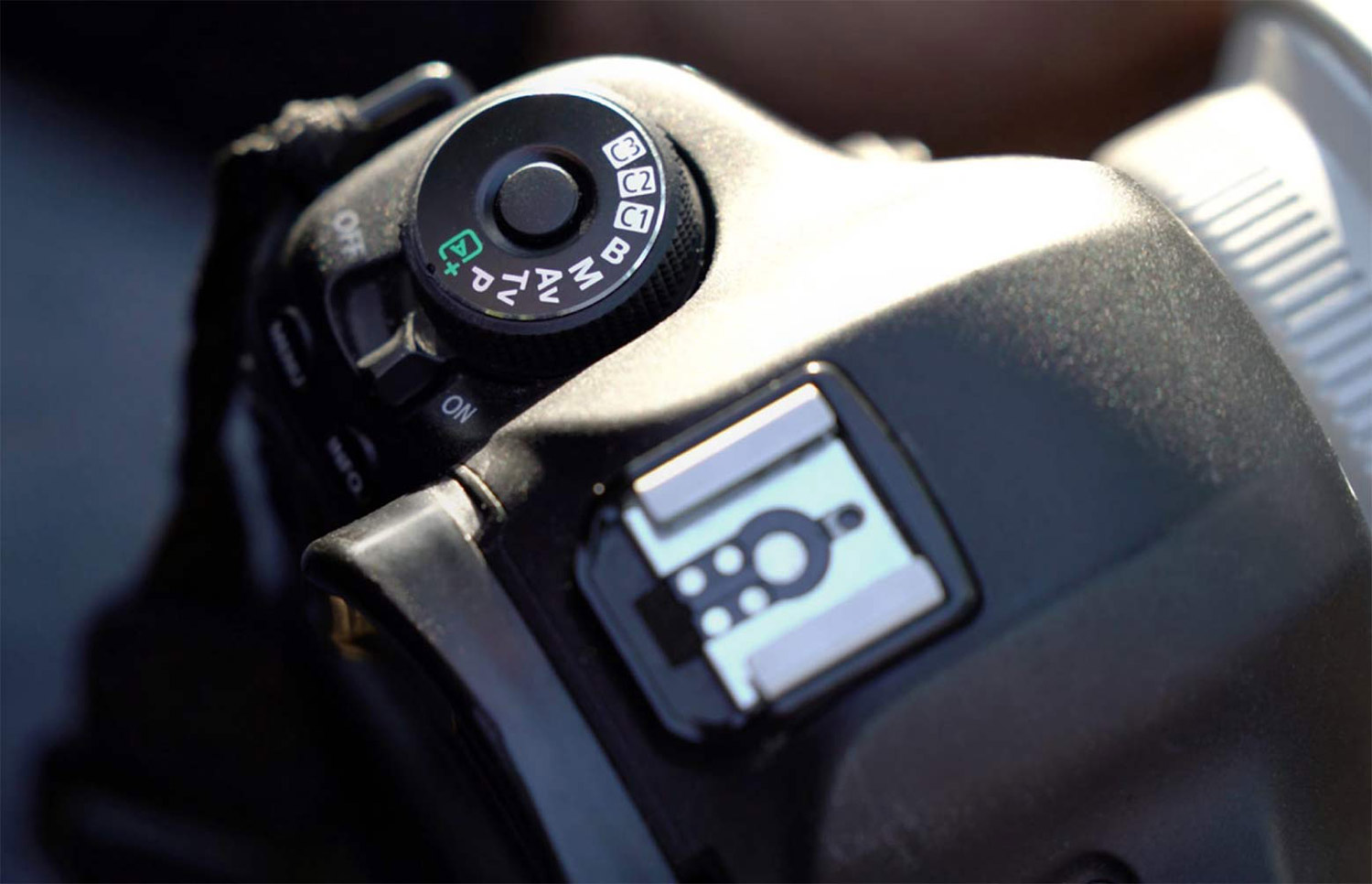
Auto (A) or Scene Modes: Point-and-Shoot Convenience
In auto mode, also known as the "green mode" or "auto everything," your camera makes all the exposure decisions for you. This is great for beginners, or in situations where you want to point-and-shoot without worrying about exposure settings.
Many cameras also offer scene modes, such as landscape, portrait, sports, or night mode. These are optimized for specific shooting conditions and can help you capture satisfying images with minimal creativity or effort.
Bulb (B) Mode: Long Exposures
Bulb mode gives you full manual control over your shutter speed (AKA the length of your exposure.) This is particularly useful for very long exposures such as those required for astrophotography, light painting, or capturing fireworks.
In Bulb mode, the shutter stays open as long as you press and hold the shutter release button, allowing for precise control over the exposure time.
As with any long exposure, you will likely need a tripod when shooting in bulb mode to keep your camera steady and avoid introducing unwanted blurriness to your image.

What Is Exposure in Photography?
Summary
Whether you're a beginner or an experienced photographer, knowing how to use the different exposure modes on your camera will give you the flexibility and creative control to capture stunning photos in all kinds of shooting conditions.
As you gain more experience and confidence in your photography skills, experimenting with different exposure modes can open up a world of creative possibilities. It's important to understand the strengths and limitations of each exposure mode and how they affect the final image.
From full manual control to semi-automatic and automatic options, understanding and mastering exposure modes will help you take your photography skills to the next level and capture stunning, well-exposed images.
To learn more about exposure modes, download our free 90-page eBook, An Introduction to Photography.
